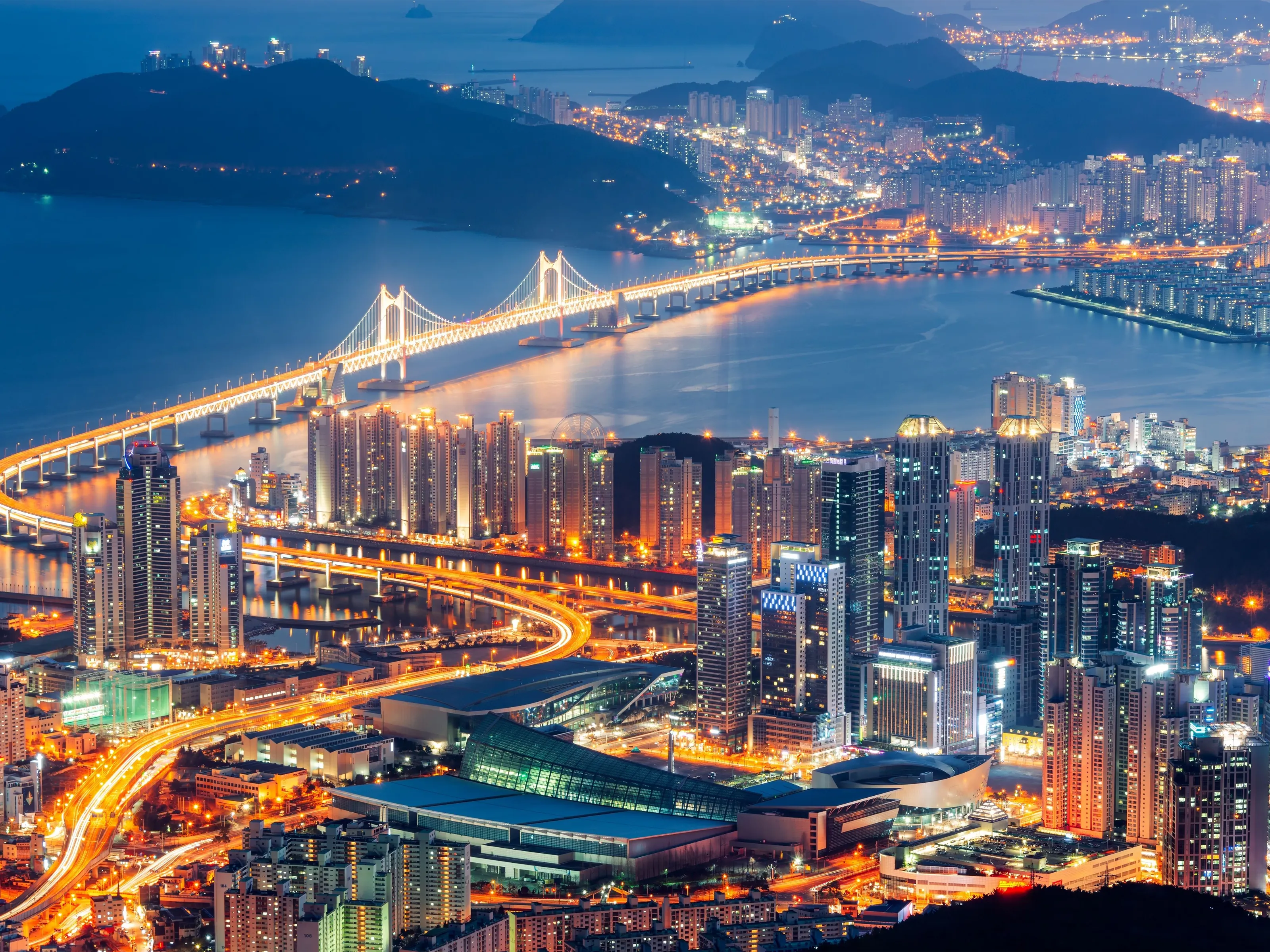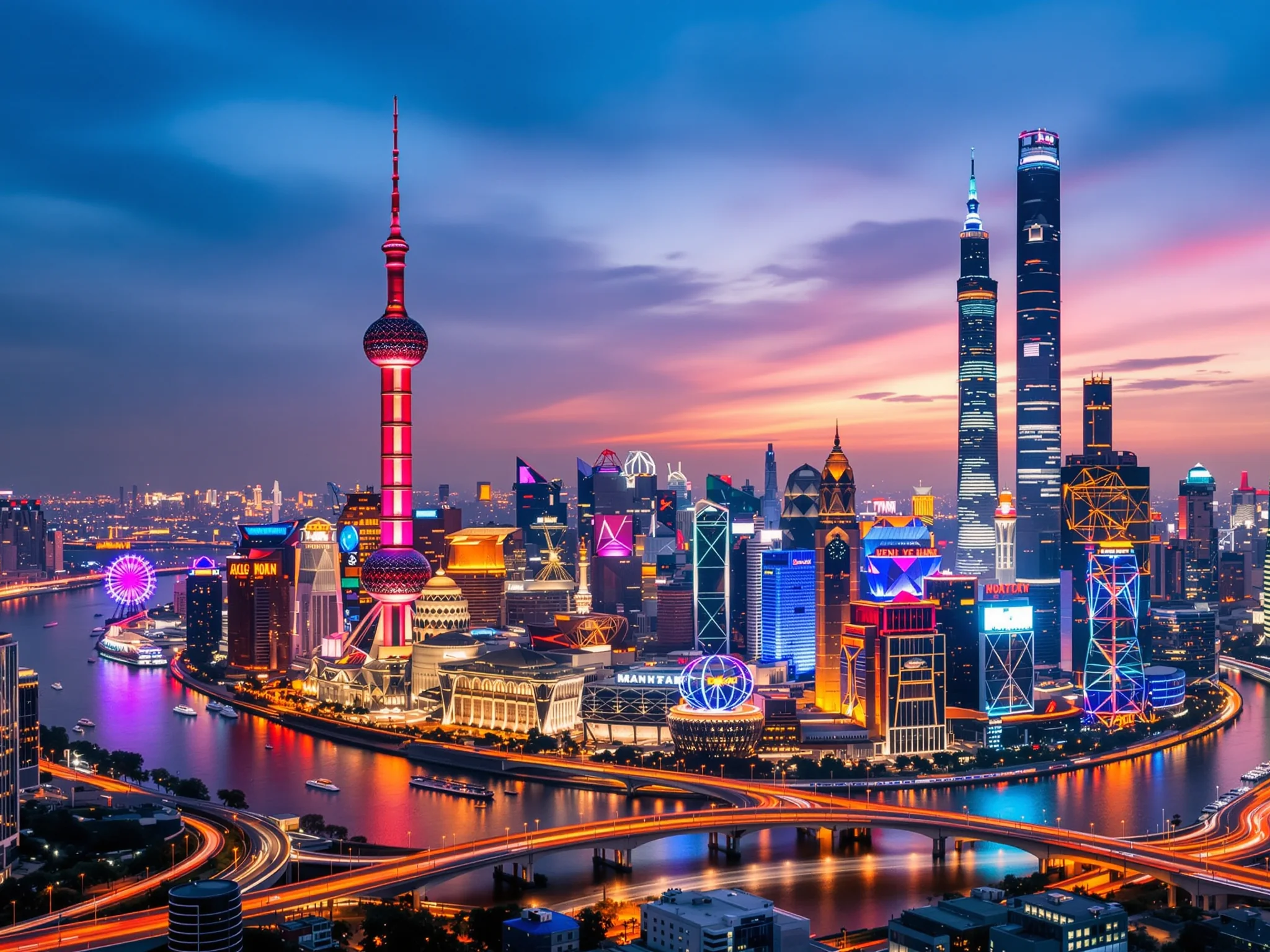Why Visit Kyoto?
Kyoto preserves Japan's cultural soul as the ancient imperial capital where some 2,000 temples, shrines, and machiya largely escaped wartime bombing, leaving Kyoto's historic fabric remarkably well preserved as a living museum of traditional Japanese aesthetics. The city's UNESCO-listed temples include the gilded splendor of Kinkaku-ji and the austere zen perfection of Ryōan-ji, while the vermilion tunnel of 10,000 torii gates at Fushimi Inari Shrine climbs Mount Inari in one of Japan's most iconic images. Arashiyama's towering bamboo grove creates an otherworldly corridor of green light, while nearby Tenryu-ji Temple and the Togetsukyo Bridge frame the wooded hills.
Gion and Pontocho districts preserve geisha traditions—spot maiko (apprentice geisha) hurrying to evening appointments past wooden ochaya teahouses and lantern-lit alleyways. Kyoto's seasonal beauty defines Japanese aesthetic consciousness: spring's cherry blossoms at Maruyama Park and Philosopher's Path, summer's riverside dining on Kamo River platforms, autumn's fiery maple colors at Tofuku-ji and Eikando temples, and winter's snow-dusted Kiyomizu-dera standing on wooden stilts above the city. The cuisine elevates simplicity to art in multi-course kaiseki dinners, perfect matcha ceremonies, and Nishiki Market's 400 years of pickle vendors and knife makers.
Modern Kyoto Station's futuristic glass facade contrasts beautifully with temples, while the city's compact size and grid layout make exploration straightforward despite being Japan's most traditional major city.
What to Do
Iconic Temples
Fushimi Inari Shrine
A mountain trail lined with thousands of vermilion torii gates, open 24/7 and free to enter. Go before 8am or after 5pm to dodge the worst crowds—sunrise is magical and much quieter. The famous densely packed torii section is within the first 15–20 minutes; the full loop up and down takes 2–3 hours round trip. Paths can be slick in rain, so wear good shoes and bring water.
Kinkaku-ji (Golden Pavilion)
The gold-leaf pavilion reflected in its pond is one of Kyoto's most iconic views. Admission is ¥500 for adults and ¥300 for children, paid at the gate. The grounds open at 9am; arrive at opening or after 4pm to avoid tour-bus crush. The visit follows a one-way path and takes 30–40 minutes—there's no temple interior access, so the focus is on that single, perfect view. Combine with nearby Ryoan-ji's famous rock garden on the same outing.
Kiyomizu-dera Temple
A hilltop temple with sweeping views from its wooden stage over the city. Admission is about ¥500 for adults (less for children), tickets bought at the entrance. Walk up through the traditional Ninenzaka and Sannenzaka streets to reach it—early morning (from around 6am) is wonderfully quiet before buses arrive. Special night illuminations run in limited spring and autumn periods for a separate ticket; check the official site for current dates and any ongoing renovation work.
Arashiyama & Nature
Arashiyama Bamboo Grove
The famous bamboo path behind Tenryu-ji is free and open at all hours, but it's shoulder-to-shoulder from mid-morning. Aim to arrive before 8am to feel the wind and sound of the bamboo without crowds. Continue past the main section for quieter lanes. Tenryu-ji's gardens (¥500, plus ¥300 extra if you want to enter the halls) are right at the lower entrance and are arguably the real highlight of Arashiyama.
Philosopher's Path
A roughly 2km stone path along a canal lined with cherry trees and small shrines, free to walk. It links Ginkaku-ji (Silver Pavilion, ¥500) with Nanzen-ji. Early April brings spectacular sakura, while November colours the hills red and gold. Outside peak blossom and foliage seasons it's much calmer than central Kyoto. Cafés and tiny temples along the route reward slow strolling rather than box-ticking.
Monkey Park Iwatayama
Arashiyama's monkey park sits on a hill across the river. Admission is about ¥800 per adult, cash only; expect a 15–20-minute uphill walk to the viewing area. Around 100–120 wild Japanese macaques roam free at the top, with city views as a backdrop. Feeding is only allowed from inside the hut using small portions of food (around ¥100) sold by staff—don't bring your own snacks, don't touch the monkeys, and avoid direct eye contact or baring teeth, which they interpret as aggression.
Traditional Kyoto
Gion & Geisha District
Gion's wooden machiya streets and lantern-lit alleys are Kyoto's classic geisha district. Walk main streets like Hanami-koji and Shirakawa at dusk (around 6–7pm) for a chance to see geiko or maiko hurrying to appointments—but never block their path or shove a camera in their faces. Photography is banned on some private alleys and local residents can issue fines for rule-breaking, so always respect signs. If you want a guaranteed cultural show, Gion Corner offers multi-art performances most evenings, with tickets now from about ¥5,500–6,600 depending on seat type.
Nishiki Market
Nishiki is the 'kitchen of Kyoto'—a narrow covered arcade with 100+ stalls selling pickles, tofu, seafood, sweets, tea, and kitchenware. Most shops open around 10am and close by 5–6pm, with individual days off (often Wednesday or Sunday). It's standing-room-only at midday, so aim for late morning if you want to browse more calmly. Try tsukemono (pickles), fresh yuba and matcha treats, and remember to step to the side if you stop to sample.
Tea Ceremony Experience
A tea ceremony is one of the most meaningful ways to experience Kyoto culture. Group sessions at places like Camellia or similar salons typically cost around ¥3,000–3,500 per person for 45–60 minutes; more intimate or kimono-included experiences start around ¥5,000–6,000 and go up from there. You'll learn basic etiquette, watch matcha being prepared, and enjoy seasonal wagashi sweets. Book ahead and wear socks, since you will remove your shoes.
Pontocho Alley
A narrow atmospheric alley running along the Kamo River, lined with restaurants ranging from casual izakaya to high-end kaiseki. Budget roughly ¥3,000–10,000 per person depending on where you book; many places are reservation-only and some charge cover fees. In summer, riverside kawayuka platforms open, letting you dine outside above the water. Even if you don't eat here, strolling Pontocho at dusk is free and very photogenic; nearby Kiyamachi Street offers more affordable bars and eateries.
Gallery
Travel Information
Getting There
- Airports: KIX, ITM
Best Time to Visit
March, April, November
Climate: Moderate
Weather by Month
| Month | High | Low | Rainy days | Condition |
|---|---|---|---|---|
| January | 10°C | 3°C | 10 | Good |
| February | 10°C | 2°C | 11 | Good |
| March | 14°C | 5°C | 13 | Excellent (best) |
| April | 16°C | 7°C | 7 | Excellent (best) |
| May | 23°C | 15°C | 16 | Wet |
| June | 27°C | 19°C | 13 | Wet |
| July | 28°C | 23°C | 27 | Wet |
| August | 33°C | 25°C | 7 | Good |
| September | 28°C | 21°C | 14 | Wet |
| October | 21°C | 14°C | 8 | Good |
| November | 17°C | 9°C | 5 | Excellent (best) |
| December | 11°C | 3°C | 6 | Good |
Weather data: Open-Meteo Archive (2020-2024) • Open-Meteo.com (CC BY 4.0) • Historical avg. 2020–2024
Budget
Excludes flights
Visa Requirements
Visa-free for EU citizens
💡 🌍 Traveler Tip (November 2025): November 2025 is perfect for visiting Kyoto!
Practical Information
Getting There
Kyoto has no airport—fly into Osaka's Kansai (KIX) or Itami (ITM). Haruka Express train from KIX to Kyoto Station costs ¥3,600 ($25), 75 min (covered by JR Pass). From Tokyo, shinkansen bullet train takes 2h15min (¥13,320/$93). Kyoto Station is the central hub—modern architecture contrasts with temple city.
Getting Around
Kyoto city buses are main transport—various 1-day bus/subway passes available (expect about ¥1,200-1,500 for full coverage); buses #100, #101, #102 hit major temples. IC cards like ICOCA (and existing Suica/PASMO) work on most buses and the subway. Subway has 2 lines but limited coverage. Taxis expensive (¥700/$5 start). Rent bicycles (¥1,000-1,500/day) for flat areas but temples are hilly. Walking is rewarding in Higashiyama and Gion districts.
Money & Payments
Japanese Yen (¥, JPY). Exchange $1 ≈ ¥155-165. Kyoto is more cash-dependent than Tokyo—many temples, traditional restaurants, and small shops don't accept cards. Withdraw from 7-Eleven ATMs. Hotels and department stores take cards. No tipping—service is included and tipping can offend.
Language
Japanese is official. English is less common in Kyoto than Tokyo, especially at traditional establishments and temples. Download Google Translate offline Japanese. Learn temple-related phrases. Pointing at pictures works. Younger staff at hotels and popular restaurants speak basic English. Temple signs often have English explanations.
Cultural Tips
Remove shoes when entering temples, ryokan, and some restaurants. Bow at temple gates and before altars. Don't eat while walking in temple areas. Quiet on buses and trains. Photography restrictions at some temples (check signs). Geisha district etiquette: don't chase or touch maiko—admire respectfully from distance. Book kaiseki restaurants and ryokan months ahead. Many temples close 4-5pm. Autumn/spring weekends are very crowded.
Perfect 3-Day Kyoto Itinerary
Day 1: Eastern Temples
Day 2: Arashiyama & Golden Pavilion
Day 3: Northern Temples & Culture
Where to Stay in Kyoto
Higashiyama
Best for: Historic temples, traditional streets, geisha district, scenic walks
Arashiyama
Best for: Bamboo grove, river views, temples, monkey park, nature
Gion
Best for: Geisha culture, traditional ochaya teahouses, upscale dining, evening atmosphere
Kyoto Station area
Best for: Transport hub, modern hotels, shopping, budget options, accessibility
Frequently Asked Questions
Do I need a visa to visit Kyoto?
What is the best time to visit Kyoto?
How much does a trip to Kyoto cost per day?
Is Kyoto safe for tourists?
What are the must-see attractions in Kyoto?
Popular Activities
Top-rated tours and experiences in Kyoto
Ready to Visit Kyoto?
Book your flights, accommodation, and activities






